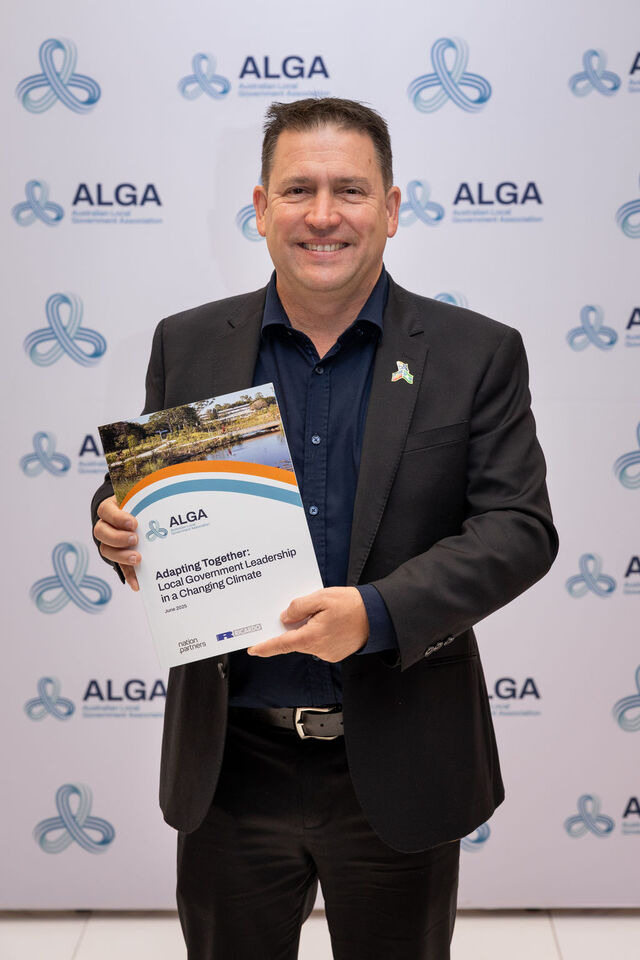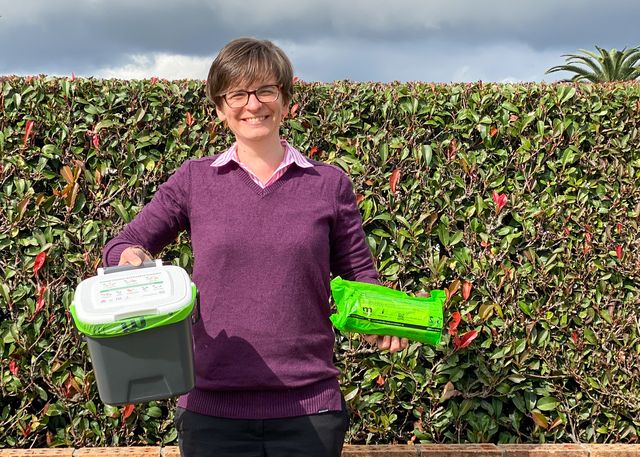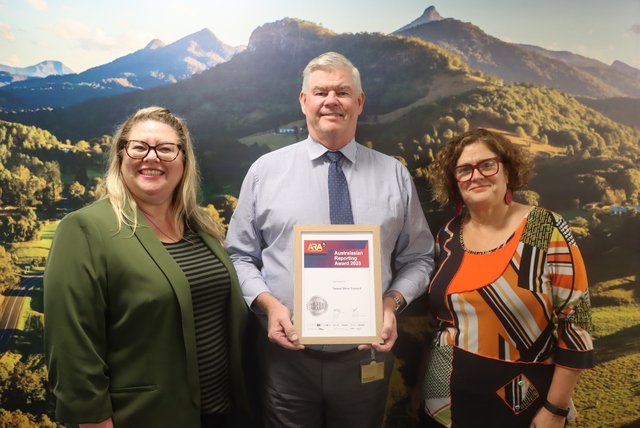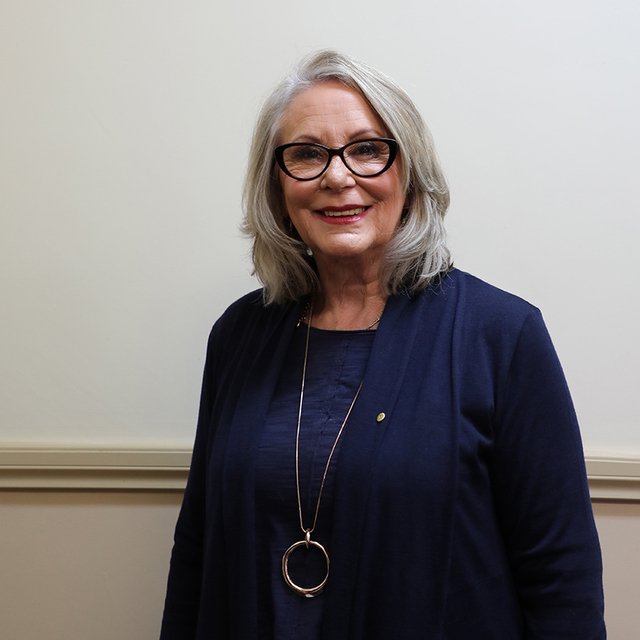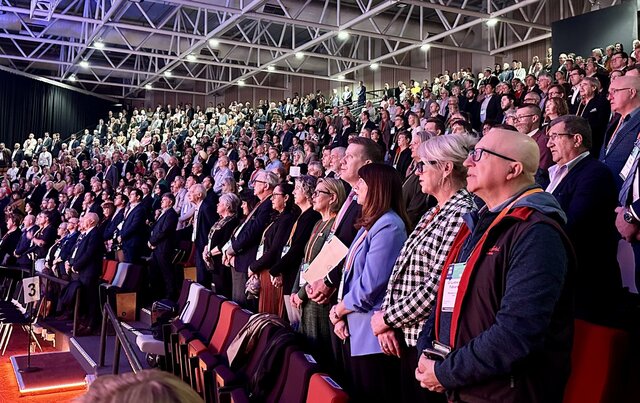The Good Oil by Rod Brown *
A group called the Regional Business Development Analysis Panel is currently interviewing people across Australia – to get ideas on how the Federal Government can improve the regional business environment and reduce impediments to growth. A report will go to our political masters around March next year. I am currently writing a submission to this panel on behalf of Clusters Asia Pacific Inc. The submission argues that there are three golden rules in generating investment in any region.
- Any good idea is worthless without professionally prepared financial analysis.
- Networking and access to the right information and people is critical.
- Sheer persistence is required.
The networking aspect is particularly important in regional Australia because of the need to connect the locals to external stakeholders – offers of website addresses and information kiosks are extremely poor substitutes for face to face liaison. Networks can take various forms – regional development organisations, VROCs, industry associations, chambers of commerce, business cooperatives and so forth.
Unfortunately, some of these networks are folding because of cost cutting measures, and the failure of businesses and the three levels of government to appreciate the importance of collaboration and the alignment of thinking.
My submission identifies other constraints to business growth in regional Australia – insufficient critical mass in terms of world class, dynamic companies; the lack of distinctiveness and the shrouding of local competitive advantage; and the delays and complexity caused by our three tier system of government.
Most of these issues are not new, but unless they are kept in mind, certain regional communities will be permanently consigned to what I call the Stranger in the Night status – hum a few bars and you will understand what I mean.
But let’s brighten up, because there are some great things happening and they can inspire us. In this regard, below are ten worthy projects that I have seen unfold over the last decade. Each has common characteristics such as lengthy gestation periods, significant constraints, and the triggering of further investment. The projects all had a bevy of champions, known only to the inner circle – but I name a few champions that I observed along the way.
- Cairns Airport/City Port – the airport development has spurred tourism development and has opened up new export markets for seafood and horticulture exports. The CEO of Cairns Port Authority, Bob Manning, was a relentless project champion. The City Port project is currently transforming the foreshore and CBD.
- Honeysuckle Urban Renewal project – has given Newcastle a new face. It is an excellent example of intelligent town planning and cocktail funding across three levels of government and the private sector. Lindsay Nielson, then in charge of the Federal Better Cities Program, helped align the stakeholders.
- Jervoise Bay (Rockingham area of WA) – a marine engineering precinct designed to capture commercial opportunities associated with nearby defence facilities, local engineering companies, concrete platforms for the North West Shelf and so forth. Considerable high level lobbying led to an $80 million grant via the Commonwealth’s Federation Fund. Chris Fitzhardinge of the WA Government played an important championing role.
- Melbourne Docklands and Southbank – this project has transformed this area from an embarrassment to a highlight. It gels with the MCG, the Rod Laver Arena and the parkland areas. Numerous State Government bodies, Melbourne City Council and a network of private developers can take a bow.
- Tanunda Convention Centre – located within a Lutheran school complex in Barossa Valley. A great example of the blending of education, tourism and social needs. The project was going nowhere until a great networker, Les Wallace, connected the champions to Federal funds to cover the public interest component.
- Yarragon – this previously nondescript village in Gippsland is now on the map because Murray Cook, a local businessman, saw the potential for an antique shop and complementary businesses. He convinced the local Council to invest in some streetscape improvements and a decent toilet block. New business investment in food outlets, more antique shops, bed and breakfasts and so forth resulted.
- Port Lincoln Marine Centre – a great example of industry putting its money where its mouth is. A network of professional fishers saw the need to invest in R&D and training, and well argued submissions backed by business plans attracted Federal and State assistance.
- Scone Equine Research Centre – the champions were Local Government Councillors and breeders (Bill Rose wore both hats) who mapped out the infrastructure requirements for the thoroughbred racing industry, and developed an ingenious funding mechanism for local breeders and government agencies to share the costs of the research centre. A world class training track, a TAFE and a convention centre are other elements.
- Canberra Airport – its sale in 1998 to a local business group headed by Terry Snow began a metamorphosis. An extra $120 million has been invested in the airport terminal, hangars, apron, roads, car parks, and the development of Brindabella Business Park. Significant local, national and foreign consultancy businesses, freight forwarders and defence contractors now operate on site.
- Wimmera-Mallee Water Pipeline – this project has been underway for around a decade. It involves the replacement of open channels with an extensive system of water pipelines. The project champions have accessed funding from numerous sources, and it now serves as a best practice model for other regions.
Each of these projects tapped a competitive advantage and some industry/community need. The project proponents were able to win the hearts, minds and wallets of a diverse range of investors. Intelligent government expenditure delivered economic externalities, although in the case of Canberra Airport, the Federal Government made the right decision to get right out of the way. Moral of the story? Champions, business plans, patience, and the extensive use of networks.
* Rod Brown’s Canberra based consultancy group, Australian Project Developments Pty Ltd, specialises in industry/regional development and government liaison. For further information telephone (02) 6231 7261 or email apd@orac.net.au


